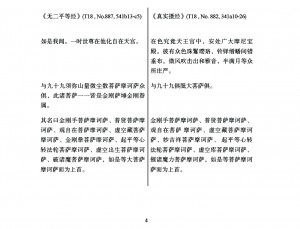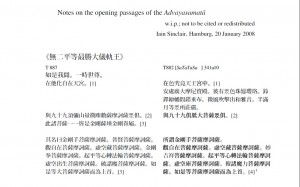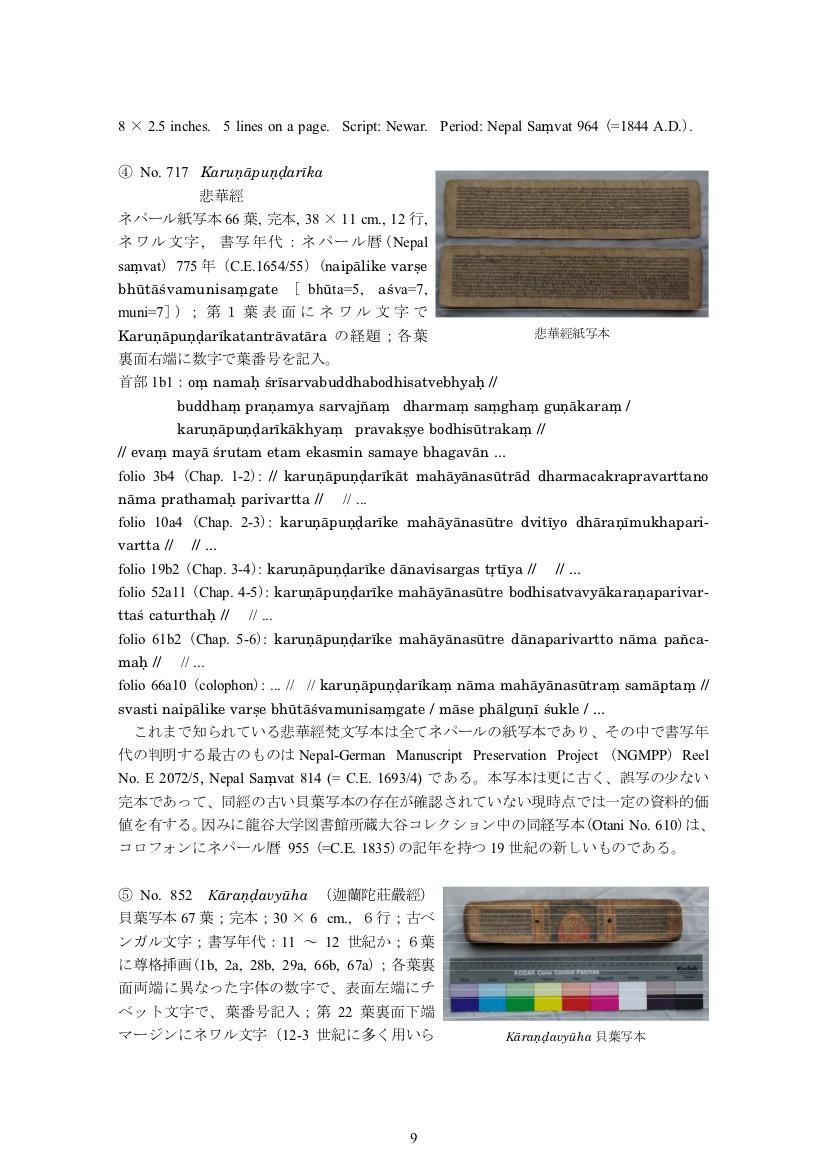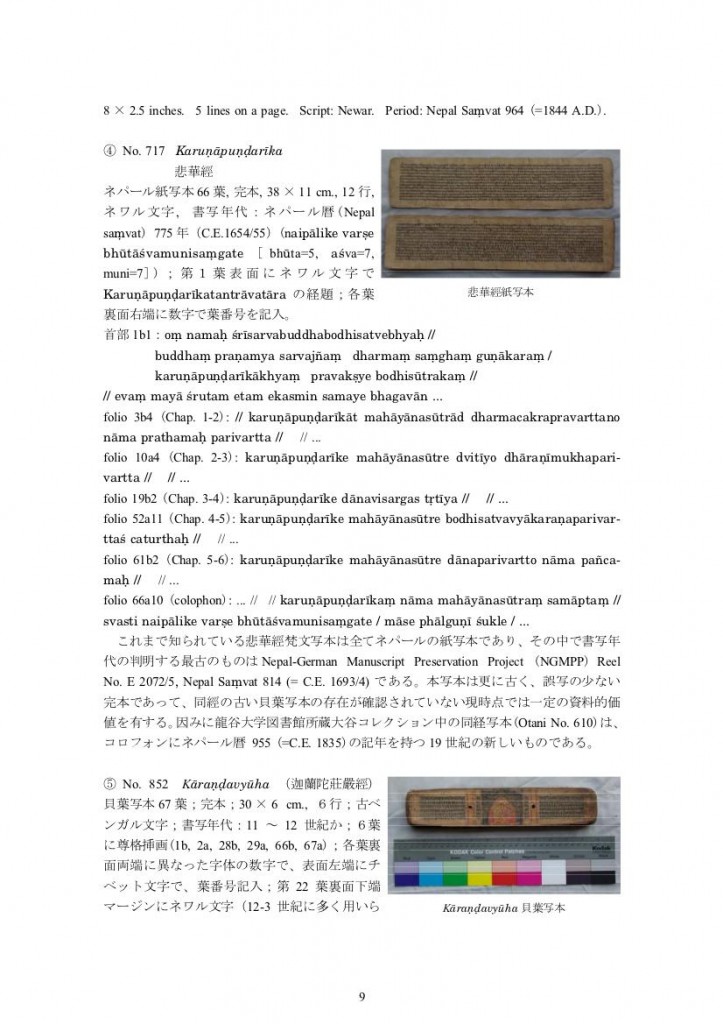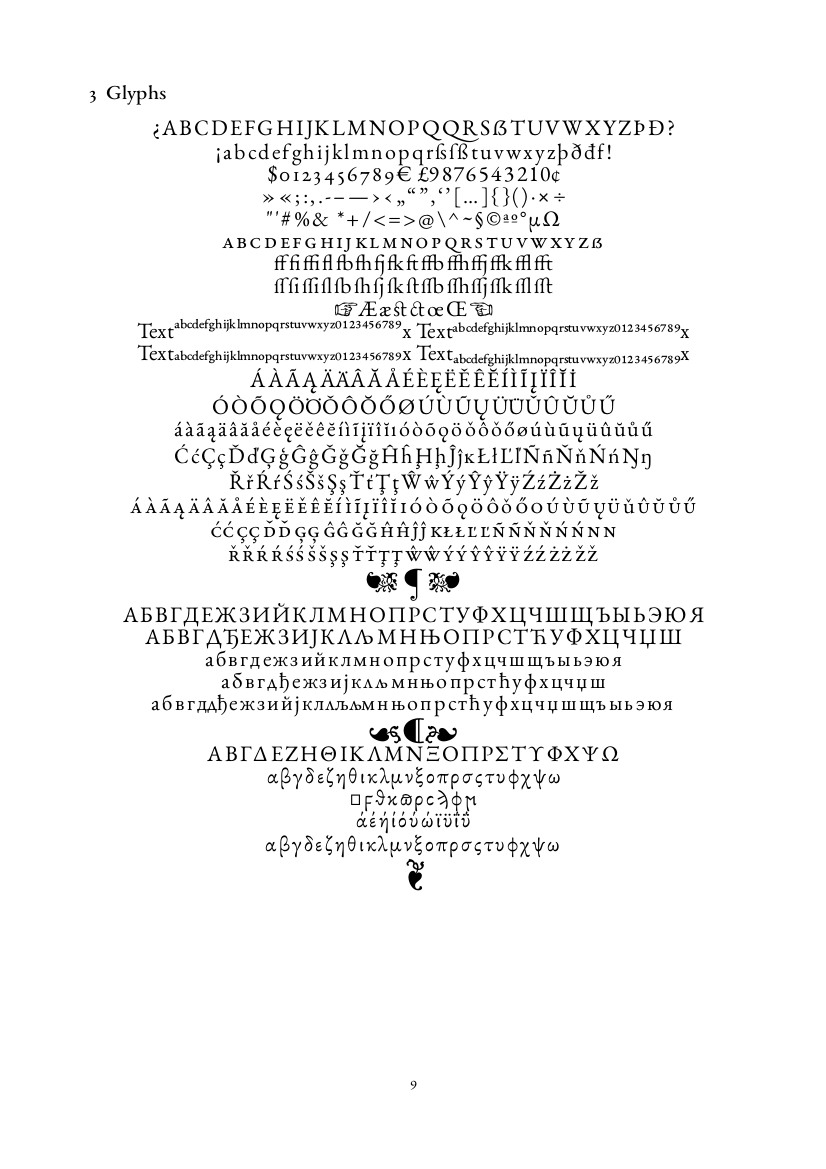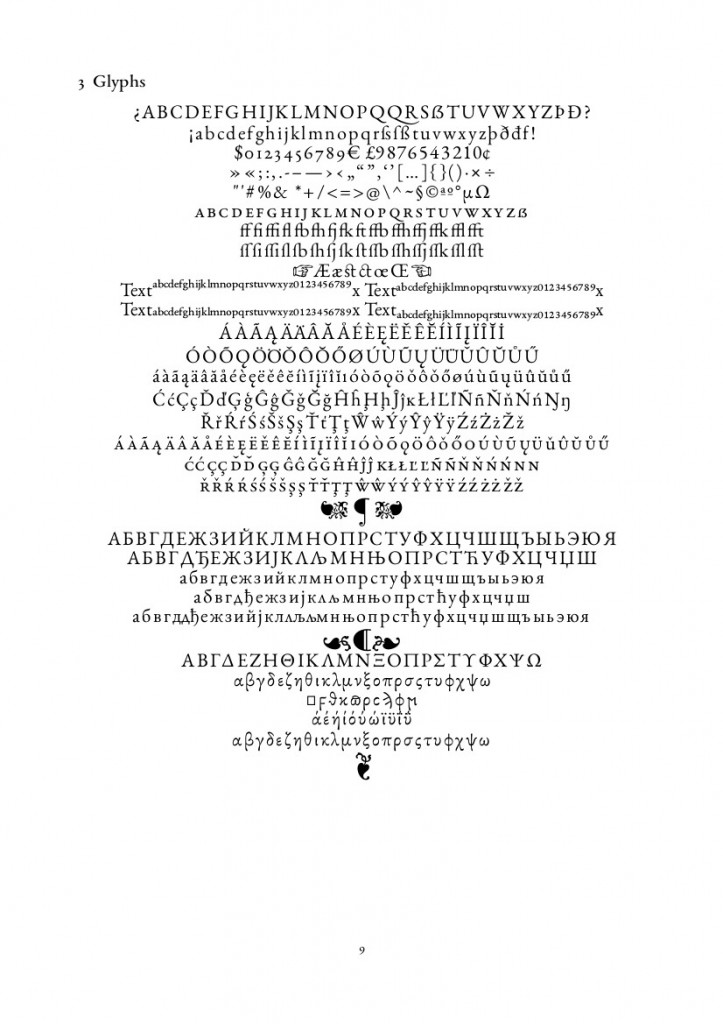Old news for most:
Steinkellner, Ernst. ‘Opening speech: News from the manuscript department.’ In Krasser, Lasic, Franco & Kellner (eds)., Religion and Logic in Buddhist Philosophical Analysis: Proceedings of the Fourth International Dharmakīrti Conference, Vienna, August 23–27, 2005. Beiträge zur Kultur- und Geistesgeschichte Asiens Nr. 69. Vienna: Verlag der Österreichischen Akademie der Wissenschaften, 2011, pp.xvii–xxi. [PDF]
Briefly: the author of the Hetubinduṭīkātātparyavyākhyā (2d, p.xx), “a certain Jayabhadra (?)” is quite unlikely to have been “a scholar belonging to Nepalese royalty”; this would be unprecedented. At least one tantric commentary by an ācārya called Jayabhadra was preserved in Nepal, and I suppose it is not out of the question that this person had access to Bhaṭṭa Arcaṭa’s commentary, but I am unaware of any reference to him holding the post of rājaguru (a title which was not unknown in India).
Locating the original material doesn’t seem to be high on the agenda: “as of September 2007 the result has been: Nothing. (By the end of 2010: still no changes)” (p.xxi n.9). This is a surprising statement. On the one hand, the collaborators are accused, implicitly, of ineptitude; on the other, it is an admission that ‘our side’ cannot improve anything. Time to end the monopoly and hand the baton to someone who can get the job done.
Then there is the mention of several (Sanskrit?) pramāṇa texts on “Bhutanese paper”, p.xx, which also sounds weird.





